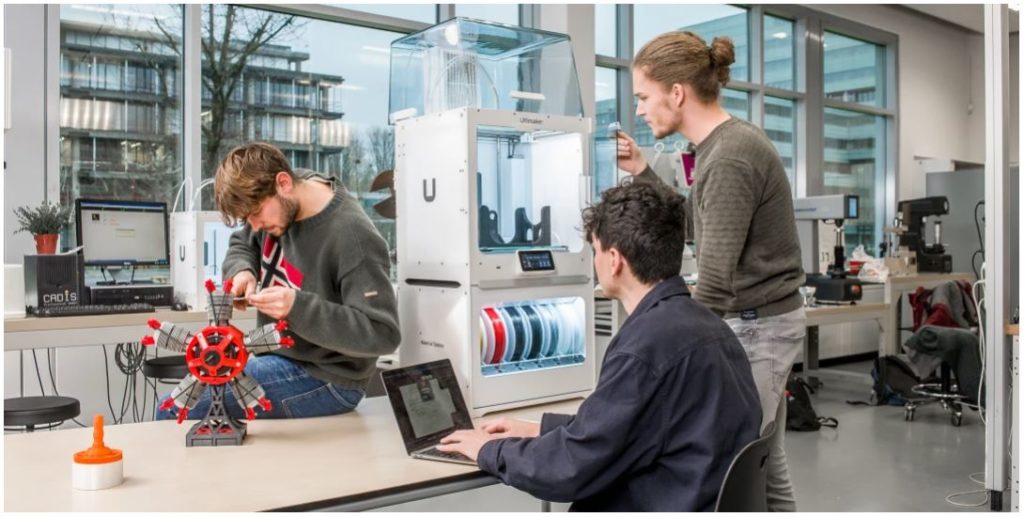 If you have a plastic extrusion-based personal 3D printer, we’ve put together a few helpful things to know before you get
started, regardless of what brand 3D printer you have.
If you have a plastic extrusion-based personal 3D printer, we’ve put together a few helpful things to know before you get
started, regardless of what brand 3D printer you have.
b
Read the Manuals!
Before you start, read the recommended manuals or startup guides for your 3D printer. Many issues can be avoided by following this simple first step!
Watch The First Layers:
The most important part of any 3D print is the first layer. It must successfully adhere to the print bed otherwise you’re going to have a lot of trouble as the print proceeds. Therefore it’s good practice to carefully observe the first few layers as they are deposited. If they succeed, it’s likely the remainder of the print will work. If not, it’s advisable to cancel the print and try again – you’ll save time and a lot of plastic filament.
Print Small:
Resist the urge to print gigantic items. The larger your print, the more likely something will go wrong. Smaller prints take much less time to complete and you will be a happier 3D printer owner. Try larger prints once you have some experience.
Maintain Your Machine:
Your 3D printer is a very mechanical device. It has moving parts that require maintenance. Follow your manufacturers maintenance instructions closely. You will likely be cleaning and lubricating moving parts. Also ensure you keep the machine clear of dust and debris: these can easily contaminate your filament feed system and gum up your extruder.
Be Patient:
Printing takes a long time; impatience will lead to huge disappointment. Printing also fails frequently for a variety of reasons from environmental, such as ambient temperature or static electricity, to STL files containing bad data. Check your prints periodically to make sure they are progressing as planned.
